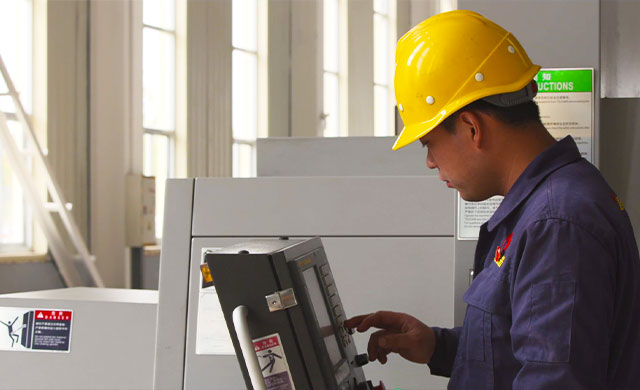
Dec . 09, 2024 18:54
Back to list
Pressure Relief Valve Design and Applications in Industrial Systems
Pressure Relief Valves Ensuring Safety and Efficiency in Systems
Pressure relief valves (PRVs) are critical components in various engineering systems, particularly in industries such as oil and gas, chemical processing, and power generation. Their primary role is to prevent overpressure situations, which can lead to catastrophic failures and pose serious safety hazards. This article explores the fundamentals of pressure relief valves, their applications, types, and importance in maintaining system integrity.
Understanding Pressure Relief Valves
A pressure relief valve is a safety device designed to control or limit the pressure in a system by releasing excess pressure. When the pressure in a system exceeds a predetermined level, the valve automatically opens to allow fluids (liquid or gas) to escape. This action prevents further pressure build-up, which could otherwise lead to equipment failure, leaks, or explosions.
Applications of Pressure Relief Valves
PRVs are used in various applications across multiple sectors. Here are a few key industries that rely heavily on these valves
1. Oil and Gas Sector In the extraction and processing of oil and gas, PRVs are crucial for managing the high pressures associated with drilling and transporting hydrocarbons. They safeguard pipelines and storage tanks against excessive pressure that can result from thermal expansion or sudden supply disruptions.
2. Chemical Processing The chemical industry often involves reactions that can generate high pressure due to heat or gas production. PRVs act as safety mechanisms to mitigate the risk of unintended pressure increases, ensuring safe operation within reactors and storage vessels.
3. Power Generation In power plants, particularly those that utilize steam, pressure relief valves are vital for maintaining safety in boilers. Overpressure in boilers can lead to severe accidents, making PRVs indispensable for safe energy production.
.
There are several types of pressure relief valves, each designed for specific applications and operational requirements
صمامات تخفيف الضغط

1. Spring-Loaded Pressure Relief Valves These are the most common type of PRVs. They use a spring mechanism to open at a predetermined pressure. Once the pressure drops back below the set point, the valve closes, allowing for a simple and reliable solution.
2. Pilot-Operated Pressure Relief Valves These valves are designed for high-pressure applications. They use system pressure to maintain the valve in a closed position until a specific overpressure condition occurs, at which point they open. They offer higher precision and can handle larger flow rates.
3. Conventional Pressure Relief Valves These are typically operated by a direct spring mechanism that responds to pressure changes without the need for an external pilot, making them straightforward and easy to maintain.
Importance of Pressure Relief Valves
The importance of pressure relief valves cannot be overstated. Here are several key reasons why they are essential components in any system
- Safety The primary function of PRVs is to enhance safety by preventing overpressure conditions that can lead to disasters. By ensuring systems stay within safe operating limits, they protect both personnel and equipment.
- Regulatory Compliance Many industries are subject to strict regulations regarding safety standards. Properly functioning pressure relief valves are often a requirement to comply with these standards, helping avoid legal issues and potential fines.
- System Efficiency By maintaining optimal pressure levels, PRVs contribute to the overall efficiency of systems. This can lead to reduced energy consumption and extended equipment lifespan, ultimately saving costs for organizations.
Conclusion
In conclusion, pressure relief valves play a vital role in ensuring the safety and efficiency of various industrial systems. By preventing overpressure situations, they protect both human life and critical infrastructure. As industries continue to evolve and new technologies emerge, the design and implementation of PRVs will also advance, further enhancing their effectiveness in safeguarding operations. Understanding the importance and functionality of these devices is crucial for engineers and operators alike, highlighting the need for regular inspection and maintenance to ensure their proper operation.
Latest news
-
Safety Valve Spring-Loaded Design Overpressure ProtectionNewsJul.25,2025
-
Precision Voltage Regulator AC5 Accuracy Grade PerformanceNewsJul.25,2025
-
Natural Gas Pressure Regulating Skid Industrial Pipeline ApplicationsNewsJul.25,2025
-
Natural Gas Filter Stainless Steel Mesh Element DesignNewsJul.25,2025
-
Gas Pressure Regulator Valve Direct-Acting Spring-Loaded DesignNewsJul.25,2025
-
Decompression Equipment Multi-Stage Heat Exchange System DesignNewsJul.25,2025

